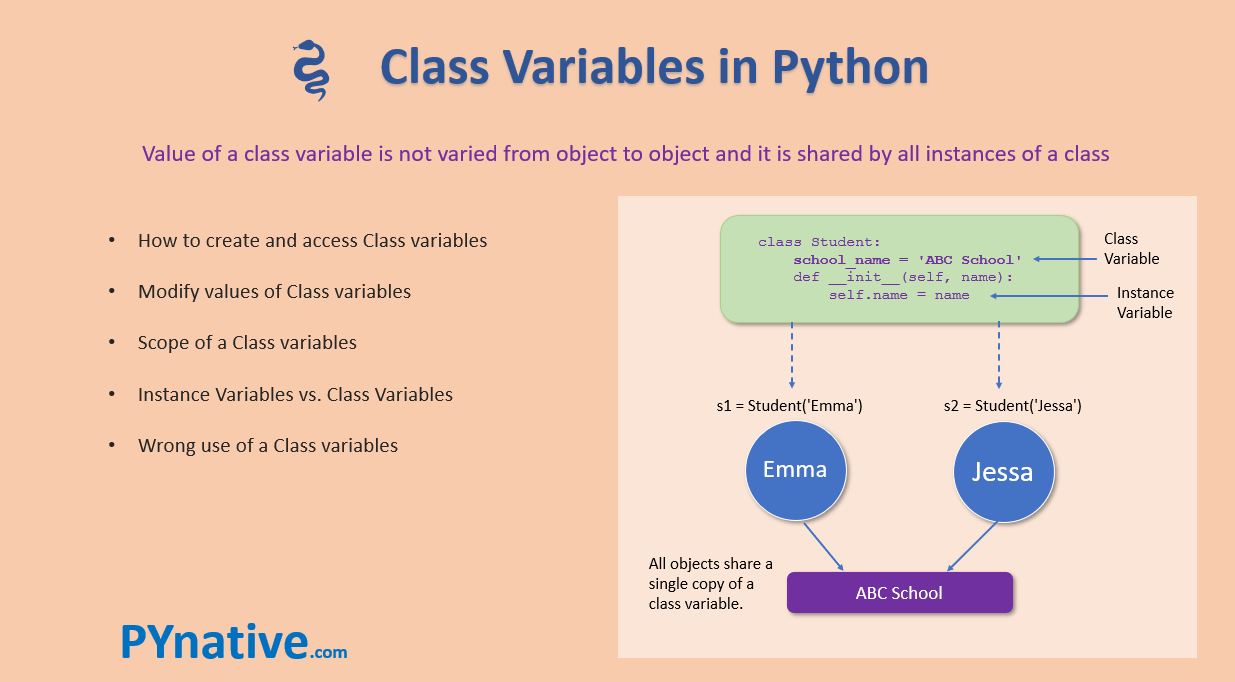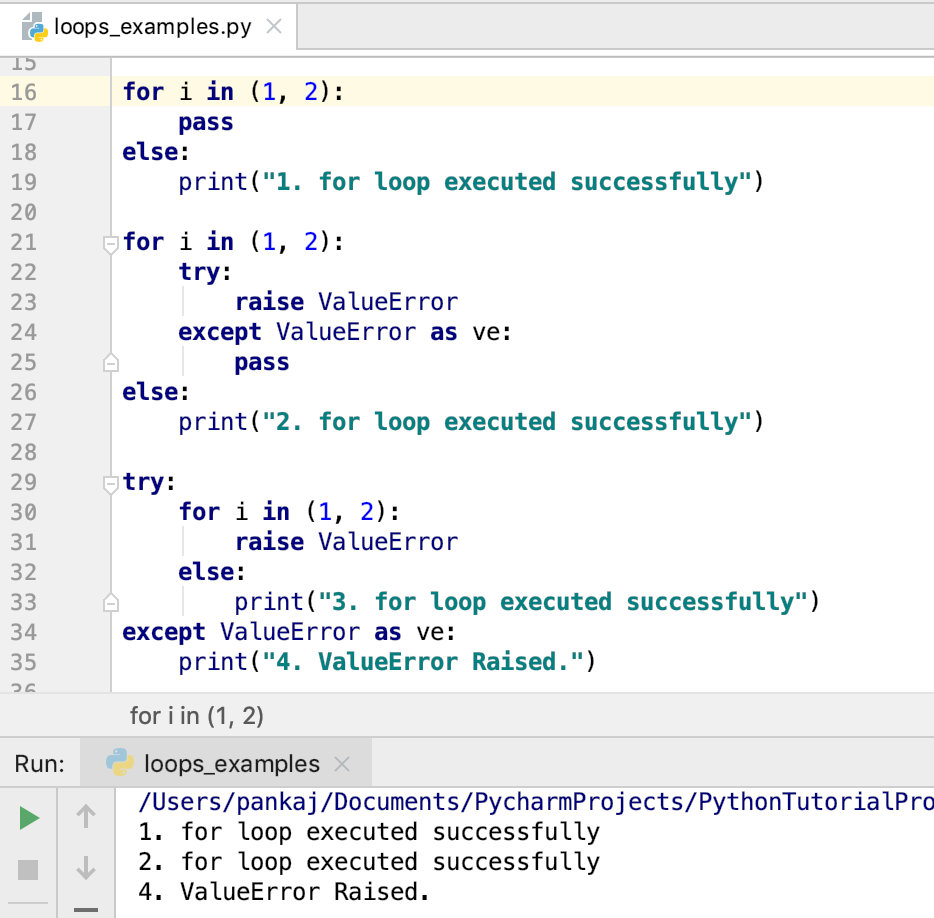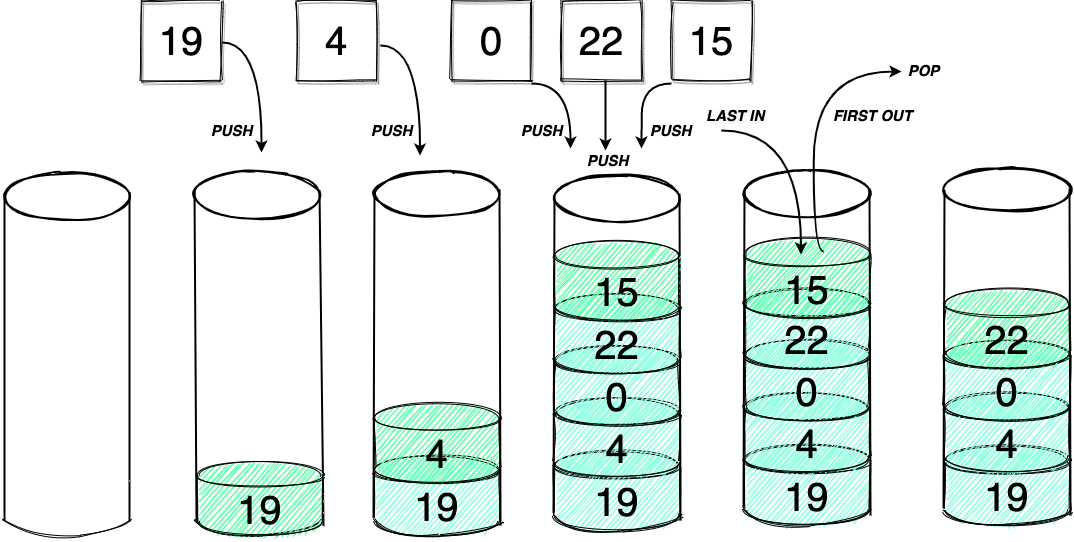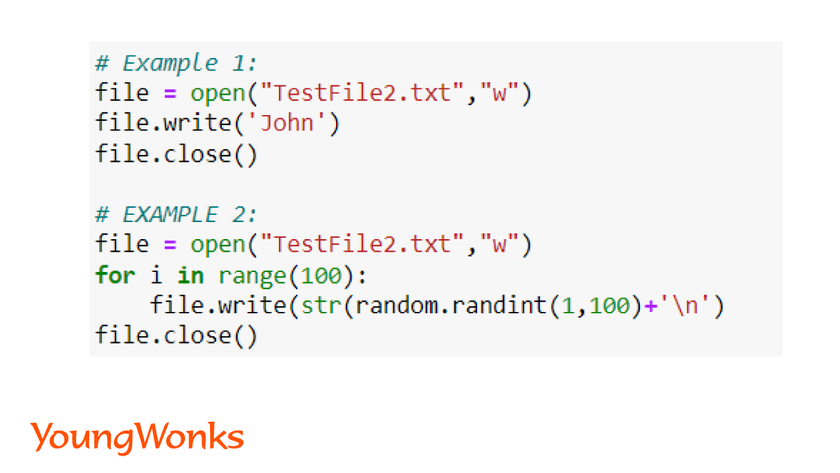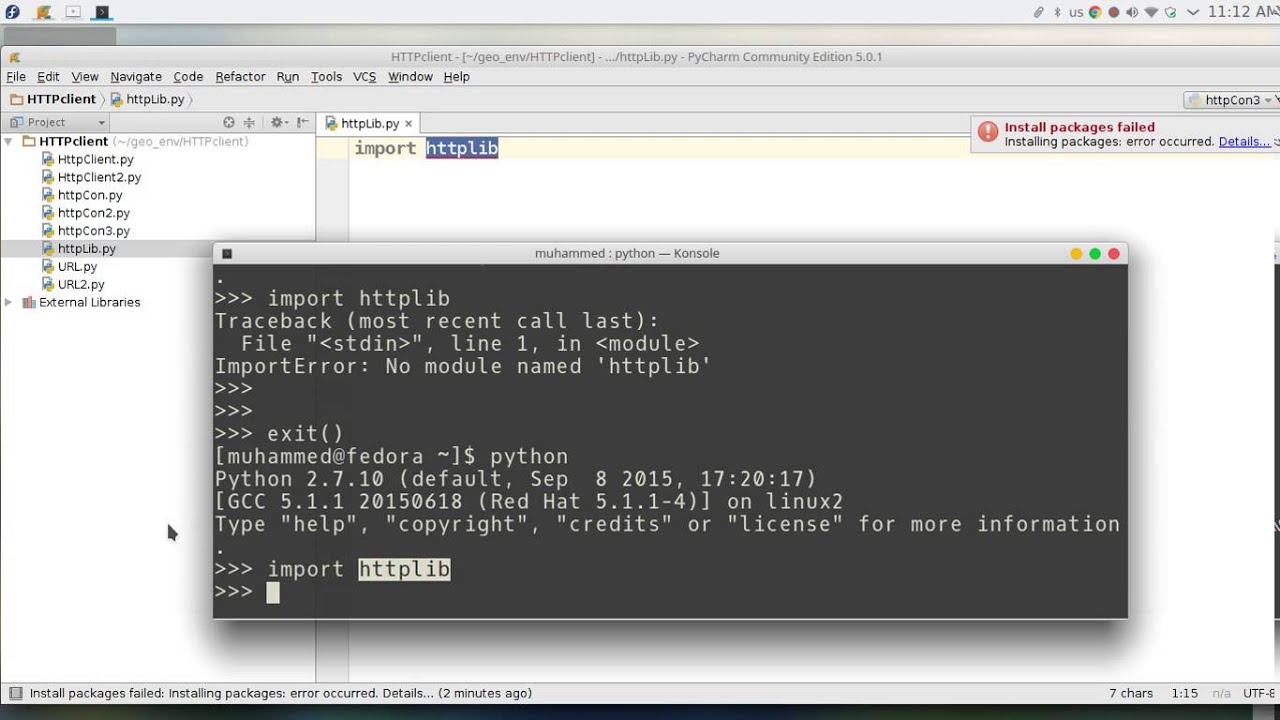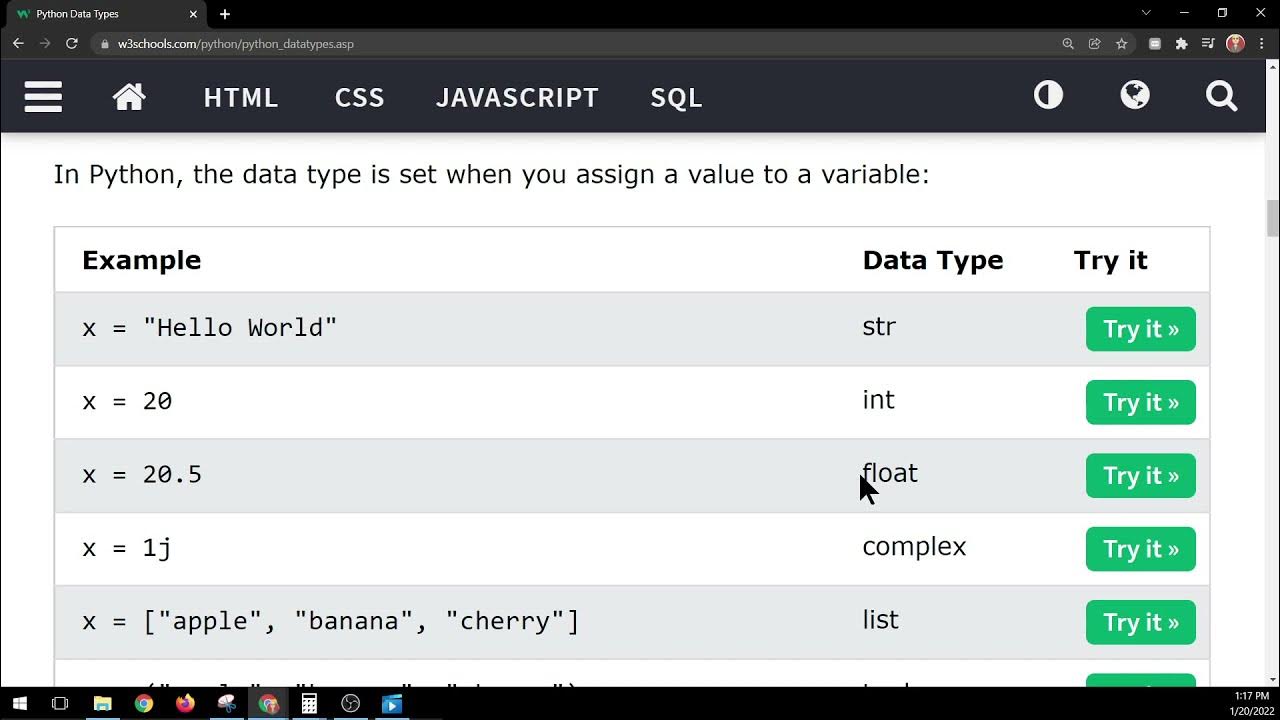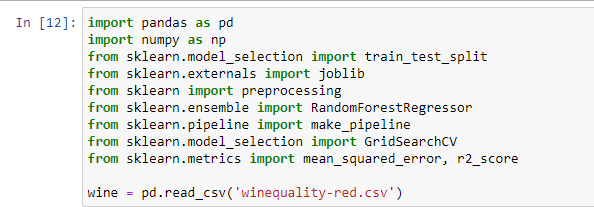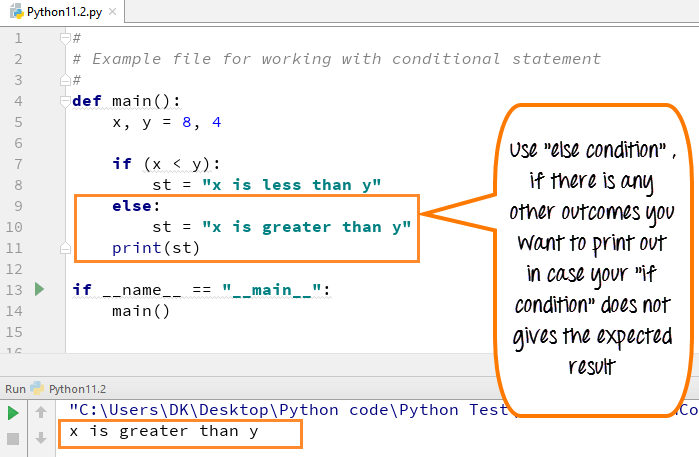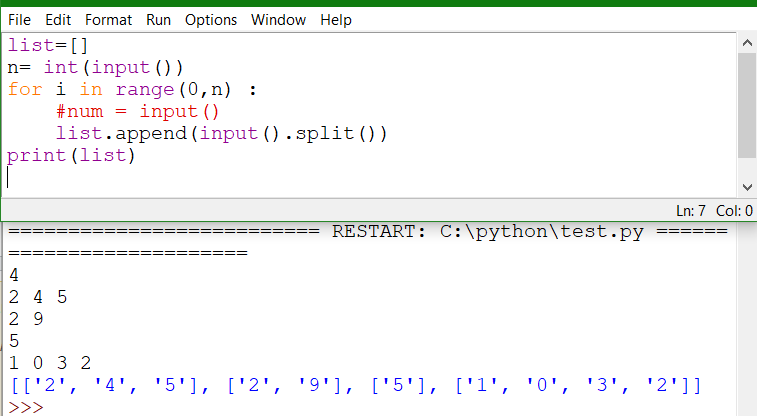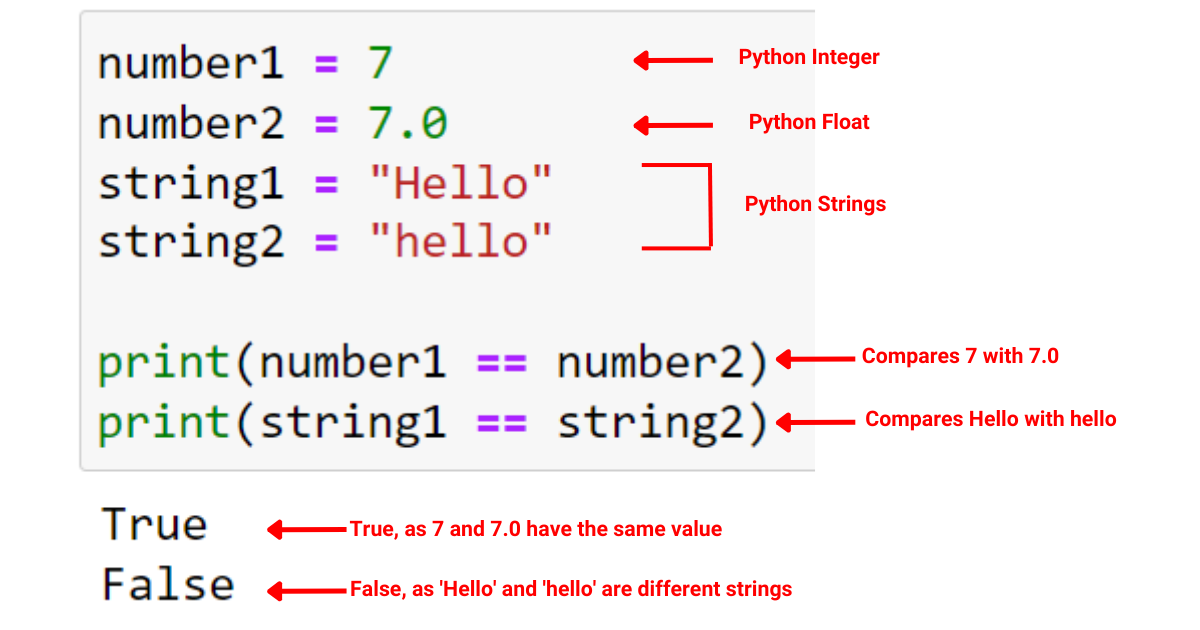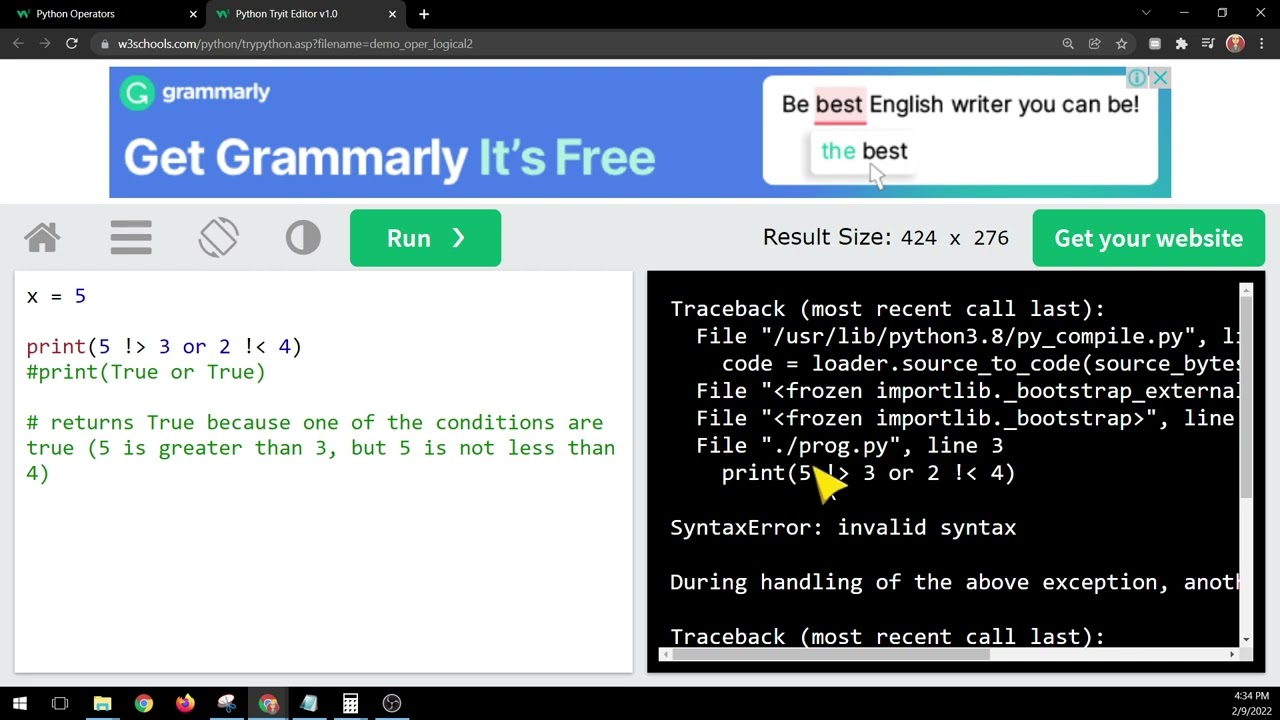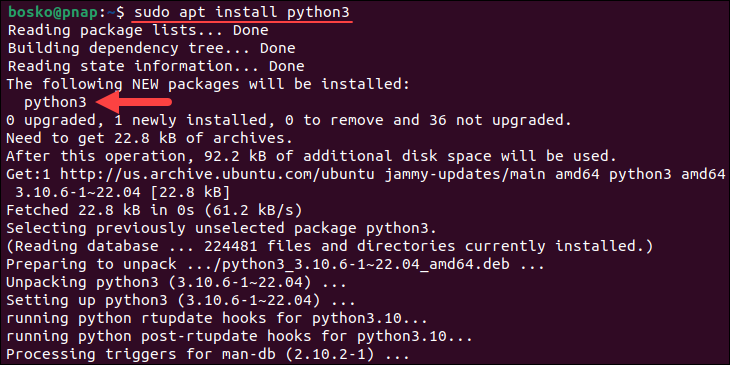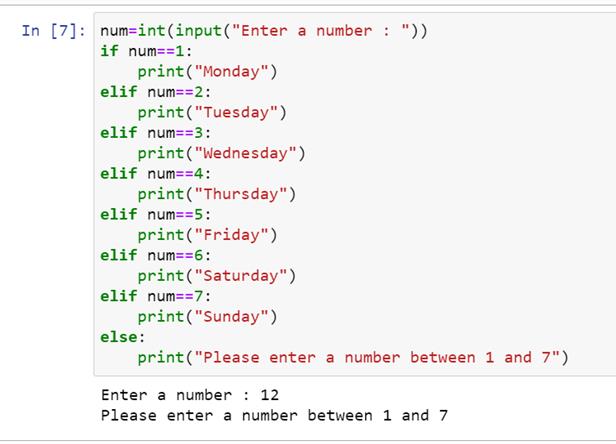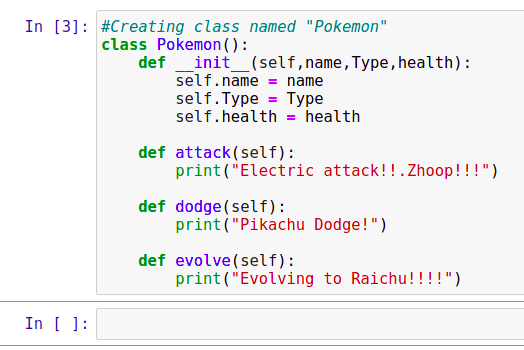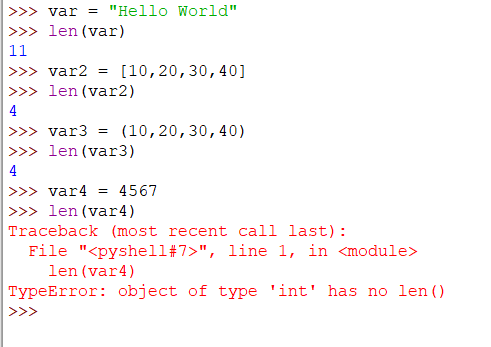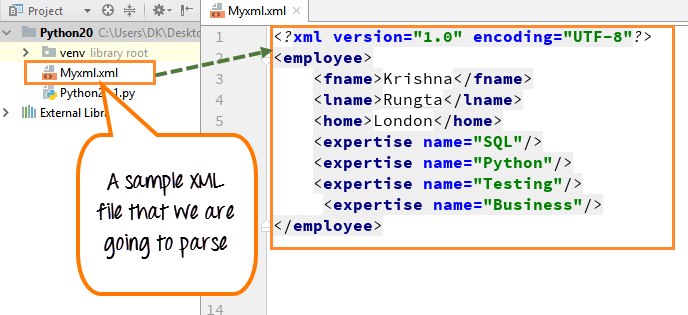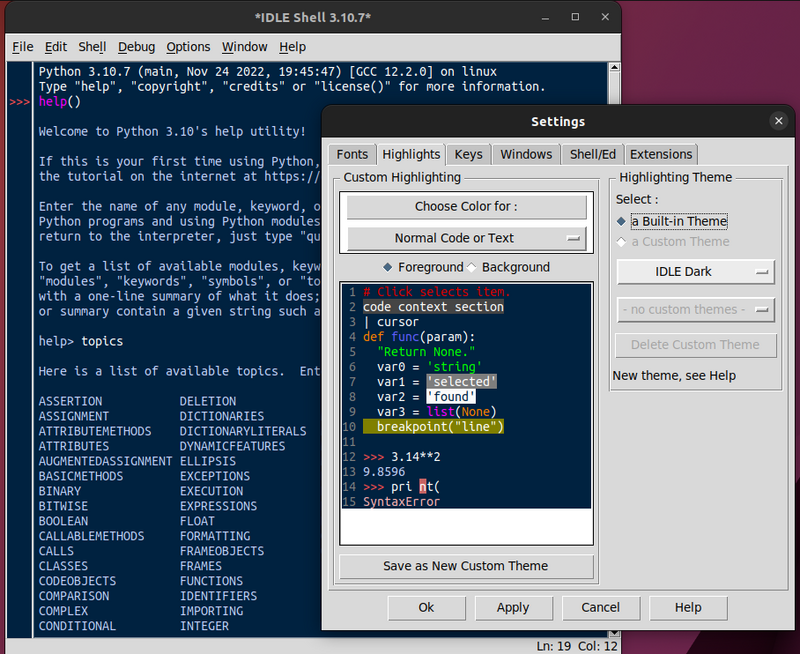python string replace
python string replace

Here's a comprehensive explanation of Python's string replacement methods:
Python provides several ways to replace substrings within strings. Here are some common methods:
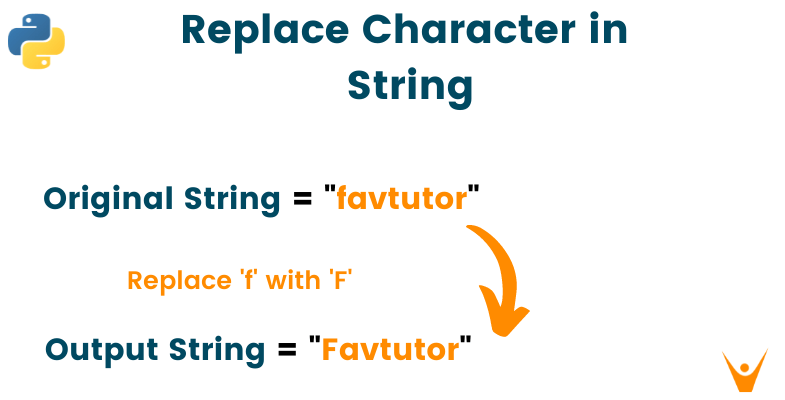
The replace() method replaces all occurrences of a specified substring with another substring.
Example:
original_string = "Hello, World!"
new_string = original_string.replace("World", "Python")
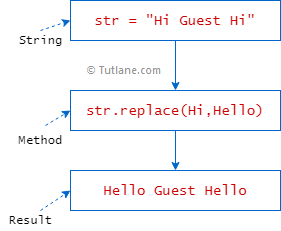
print(new_string) # Output: Hello, Python!
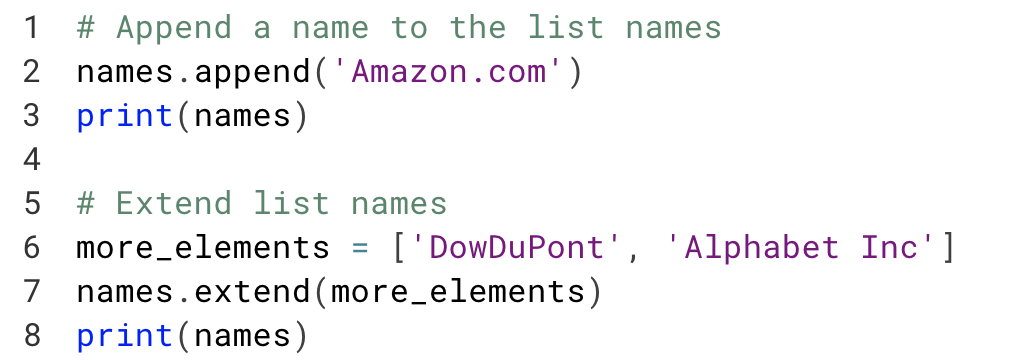
The translate() method is a more powerful version of the replace() method. It allows you to replace multiple substrings at once by providing a translation table.
Example:

original_string = "Hello, World! Goodbye, Universe!"
translation_table = str.maketrans({"World": "Python", "Universe": "Earth"})
new_string = original_string.translate(translation_table)
print(new_string) # Output: Hello, Python! Goodbye, Earth!
The format() method allows you to insert values into a string template using placeholders (e.g., {}).
Example:
name = "John"
age = 30
original_string = "My name is {} and I'm {} years old."
new_string = original_string.format(name, age)
print(new_string) # Output: My name is John and I'm 30 years old.
F-strings are a new way of formatting strings in Python. They allow you to insert values using parentheses and variables.
Example:
name = "John"
age = 30
original_string = f"My name is {name} and I'm {age} years old."
print(original_string) # Output: My name is John and I'm 30 years old.
If you need to perform more complex replacements or pattern matching, you can use Python's re module and regular expressions.
Example:
import re
original_string = "Hello, World! FooBar."
pattern = r"World|FooBar"
replacement = "Python"
new_string = re.sub(pattern, replacement, original_string)
print(new_string) # Output: Hello, Python!
In summary, Python provides several ways to replace substrings within strings. The choice of method depends on the complexity and specificity of your replacement task.
When to use each method:
replace(): Simple substring replacements. str.translate(): Complex multiple substitutions or character-level replacements. format(): Inserting values into string templates using placeholders. f-strings: A new way of formatting strings in Python (Python 3.6+). regular expressions: Advanced pattern matching and replacement tasks.Additional tips:
Always test your code with different input data to ensure the replacement works correctly. Be mindful of edge cases, such as handling null or missing values. If you're performing complex replacements, consider using regular expressions for better readability and maintainability.Happy coding!
How do you replace part of a string in Python?
I apologize for the language restriction earlier!
In Python, replacing parts of a string is a common operation that can be achieved through various methods. Here are some ways to do it:
1. Using the replace() method:
The most straightforward way is by using the built-in replace() method. This method takes two parameters: the substring to replace and the new substring to replace with.
Example:
original_string = "Hello, world!"
new_string = original_string.replace("world", "Python")
print(new_string) # Output: "Hello, Python!"
2. Using regular expressions (regex):
Regular expressions are a powerful tool for pattern matching and replacement in strings. The re module provides a way to work with regex patterns.
Example:
import re
original_string = "This is an example string."
pattern = r"example"
replacement = "test"
new_string = re.sub(pattern, replacement, original_string)
print(new_string) # Output: "This is a test string."
3. Using the sub() function from the functools module:
Another way to replace parts of a string is by using the sub() function from the functools module.
Example:
from functools import partial
original_string = "Hello, world!"
new_string = "".join(partial(str.replace, what="world", with="Python")("Hello, "))
print(new_string) # Output: "Hello, Python"
4. Using a simple loop:
If you prefer to avoid using external modules or methods, you can always use a simple loop to iterate through the string and replace parts manually.
Example:
original_string = "This is an example string."
new_string = ""
for i in range(len(original_string)):
if original_string[i:].startswith("example"):
new_string += "test" + original_string[i+7:]
break
else:
new_string += original_string[i]
print(new_string) # Output: "This is a test string."
5. Using the format() method (Python 2.x and 3.x):
In older Python versions, you can use the format() method to replace parts of a string.
Example:
original_string = "Hello, {name}!"
new_string = original_string.format(name="world")
print(new_string) # Output: "Hello, world!"
These are just a few ways to replace part of a string in Python. The approach you choose depends on your specific use case and personal preference.


